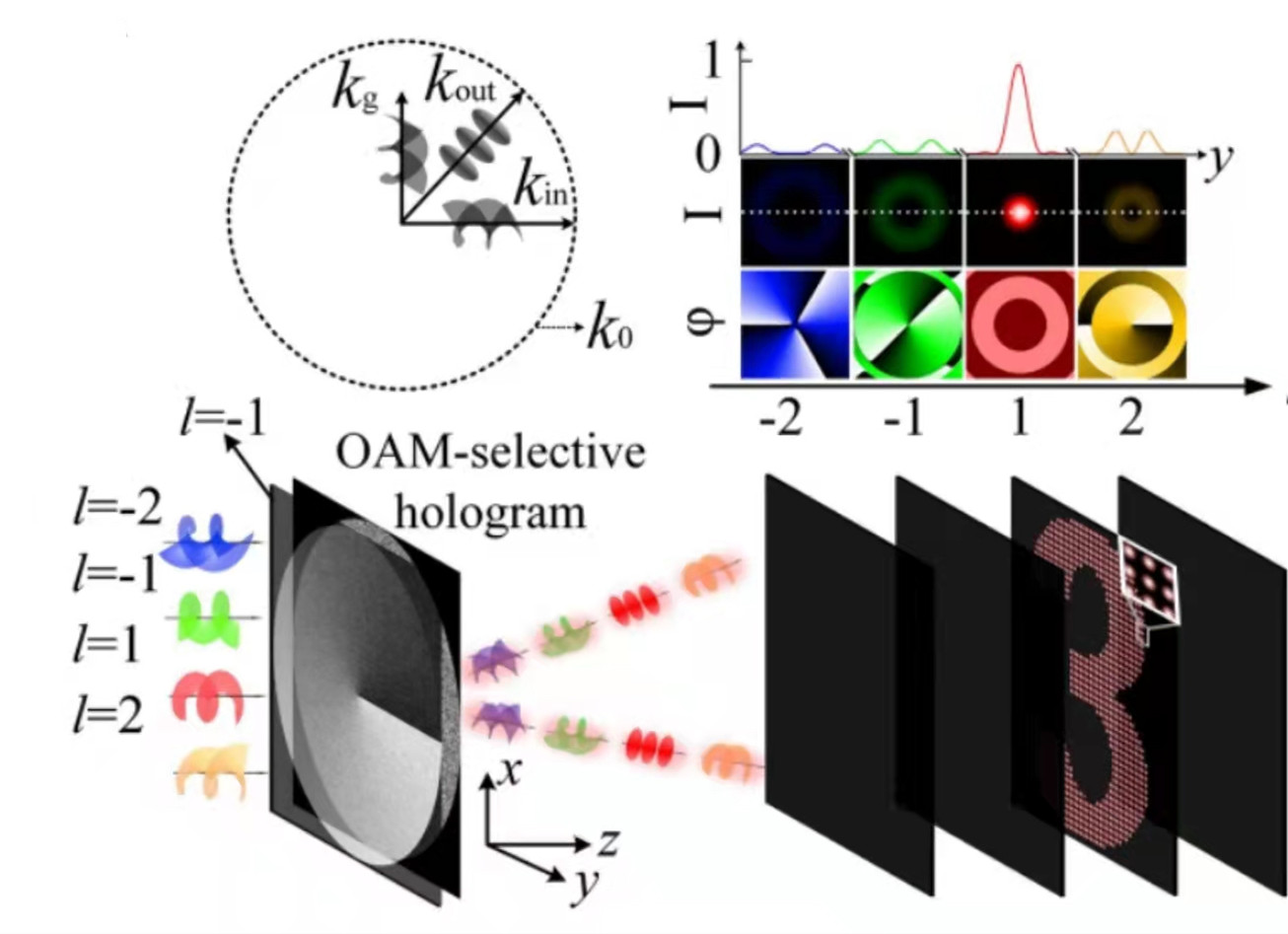Hurricane can cause devastating damage in the extreme weather because of its helical vortex at the centre. Though such a natural singularity is harmful, vortical phenomena are common in many scientific domains ranging from mathematics, physics, biology, chemistry and material sciences. Optics science is no exception.
Researchers at National University of Singapore, Harbin Institute of Technology, University of Shanghai for Science and Technology (USST), Shanxi University, and Australian National University have jointly published a comprehensive review paper to provide a forward thinking perspective on optical vortices at a nanoscale.
The Institute of Photonic Chips (IPC) at USST is one of the leading groups in the worlds in pioneering optical vortices in nanophotonics. Led by Professor Min Gu, the team at USST is applying a special class of optical vortices, so called orbital angular momentum (OAM), into optical artificial intelligence. This disruptive development will provide an entirely new machine learning platform for a greener, faster and safer future.
Professor Gu said, the scientists at IPC have discovered that OAM can be adopted as an independent information carrier at the nanoscale. This breakthrough has allowed us to play the leadership role in pioneering high capacity information photonics with OAM in optical holography, encryption, display, telecommunications, imprinting, storage and metrology. Ultimately, these achievements will propel the fast forward of optical machine learning.
The paper “Multidimensional phase singularities in nanophotonics” is published in Science.
Link to the paper: https://doi.org/10.1126/science.abj0039



